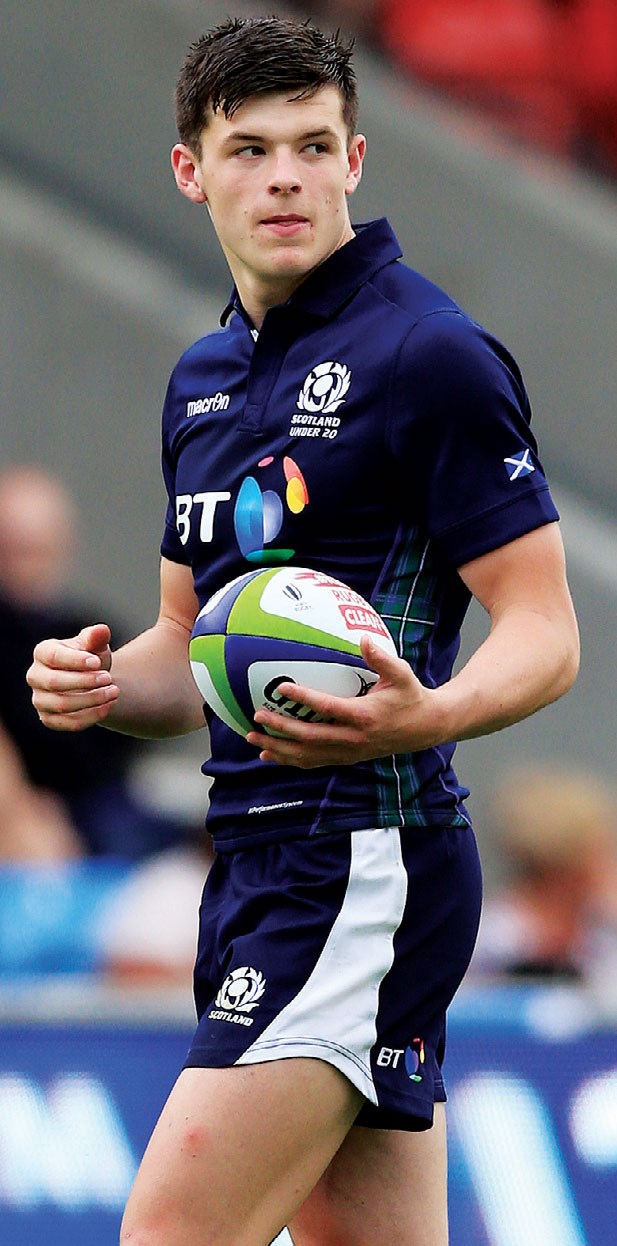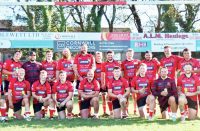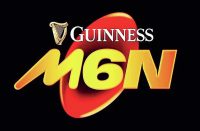Brendan Gallagher continues his series looking at rugby’s great schools


HAVING paid due homage to Blackrock College recently and their contribution to Irish rugby over the decades, and indeed centuries, it would be remiss not turn the spotlight on Edinburgh Academy who have enjoyed a similar reputation north of the border.
They may not always have been top dogs but the Academy have been a huge factor in Scottish rugby from day one.
At the last count the Academy have produced 114 internationals – powerful wing Blair Kinghorn, inset below, was the last – but their role is even more seminal than that. Edinburgh Academy is where, objectively, rugby started in Scotland, where it first secured a foothold and, of course, their playing field at Raeburn Place is where international rugby was first played.
The story really begins with the purchase and opening of Raeburn Place in 1854, initially as a cricket ground although rugby very quickly took centre stage.
What happened is that in 1852 two sporty brothers – Alexander and Francis Crombie -who were the sons of an English lawyer based in Edinburgh, moved to Durham School after their school at Salisbury House in Newington closed down. Durham had just adopted the “Rugby School” laws of the version of football they had been playing and for two years this was the game the brothers played.
When the family moved back to Edinburgh in 1854 they brought a precious copy of the lawbook with them and very soon they were laws the Academy used for their version of the game. In 1856 Francis Crombie became the first ever captain of rugby at the school, largely on account of him being the most acquainted with the laws
The first recorded game against another school was on February 1858, against Merchiston Castle after it had been cancelled the previous November when a flu bug had swept through Scotland. The Academy/ Merchiston game is generally acknowledged as the oldest annual rugby fixture in the world.
Meanwhile two former Academy players, Francis Moncrieff and Alexander Robertson, were among the five signatories to the letter to Blackheath challenging the clubs of England to a game against the clubs of Scotland, an initiative that led to that first ever international on March 27, 1871.
The Academy and their old boys provided eight players for Scotland that day but it should have been nine. The captain of that year’s school 1st XV Leslie Balfour-Melville had been selected but was forced to withdraw after a painful dog bite. If he had played he would have been 16 years and 347 days old, the youngest Test player ever.
Schoolboy prodigies were something of a speciality at the Academy. Ninian Finlay was 17 years and 36 days old when he won the first of his nine Scotland caps in 1875, against England, the same age as Charles ‘Hippo’ Reid when he played against England in 1881. Jointly they share the record of being the most youthful ever Test match rugby players.
Finlay had the further distinction in that debut game against England of playing alongside his two brothers James and Arthur who were both educated at the Academy.
The Academy were unquestionably the early dominant force in Scottish rugby and Raeburn Place became ‘Rugby Central’ hosting 24 of the first 27 internationals Scotland played before the Scottish Union sought bigger premises at Inverleith.
They ruled the roost against fellow Scottish Championship sides Merchiston, Loretto, Fettes and George Watson’s but something odd happened in the 1880s – they didn’t win a single game against those four teams. To this day nobody has uncovered an explanation for this dramatic decline in fortunes although with very small year groups – the Academy rarely ran more than one or two teams per year and sometimes just the one – they have been prone to occasional barren periods.

Better times were just around the corner though and there was a steady return to their own high standards in the new century with the 1906-7 XV going unbeaten. Powerhouse centre Hugh Martin was their star man that season, going on to score eight tries in three Varsity matches for Oxford. Harry Buchan’s team four years later were also unbeaten, scoring 105 tries in 18 matches.
The Academy wasn’t the only school to struggle between the Wars and their only Fifteen to go unbeaten was in 1934-5 under the captaincy of R B Bruce Lockhart. In fact, in the highlycompetitive Scottish schools scene and with the Academy’s enviably strong fixture list unbeaten seasons have always been the exception, the next didn’t come until the class of 1984-85 who won all 16 games
Finally, we come to the 2011-12 team, coached by Mark Appleson, which is often touted as their strongest-ever side. There was a steady build towards that excellence with the Academy winning the Schools Cup, under skipper Fraser Gillies, two years earlier and then finishing runners-up the following season with a particularly young team. Then the following season, again skippered by Chris Dean, they came back even stronger, winning all 18 fixtures, scoring 119 tries in compiling 762 points
























